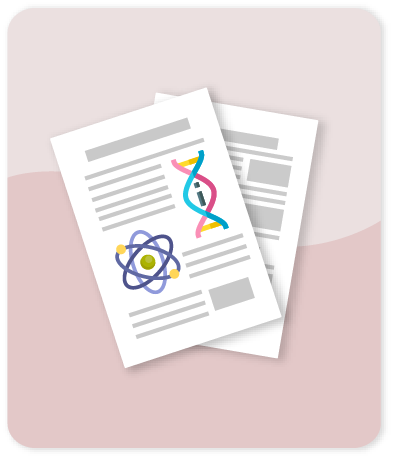Atrial proarrhythmic effect of lead as one of the PM10 metal components of air pollution. An in-silico study

Compartir este ítem
Fecha
2021Autor
Palacio L.C
Pachajoa D.C
Durango-Giraldo G
Zapata-Hernandez C
Ugarte J.P
Saiz J
Buitrago-Sierra R
Tobón C.
Citación
Metadatos
Mostrar el registro completo del ítemResumen
Particulate matter (PM) is considered the most severe environmental pollution problem due to its serious effects on human health associated with an increased risk of cardiovascular morbidity and mortality. In this work, a physicochemical characterization of PM10 from the city of Medellin was developed. The results evince that lead (Pb) is one of the most abundant elements since it is present in all analyzed samples. Therefore, Pb was chosen to perform an in-silico study to assess its effects on atrial arrhythmias generation. For this purpose, we developed a model representing the Pb2+ blocking effect on the L-type calcium channel. This formulation was incorporated in a human atrial cell mathematical model and in 2D and 3D models of human atria. The simulations showed a proarrhythmic effect at high Pb2+ concentrations, through shortening of action potential duration inducing the generation of reentrant activity and atrial flutter. The results contribute to the knowledge about the cardiac physiopathological processes, triggered by lead as one of the main PM10 metal components of air pollution, that yields the generation of arrhythmias. © 2021 Palacio et al. This is an open access article distributed under the terms of the Creative Commons Attribution License, which permits unrestricted use, distribution, and reproduction in any medium, provided the original author and source are credited.
Colecciones
- Indexados Scopus [1632]
